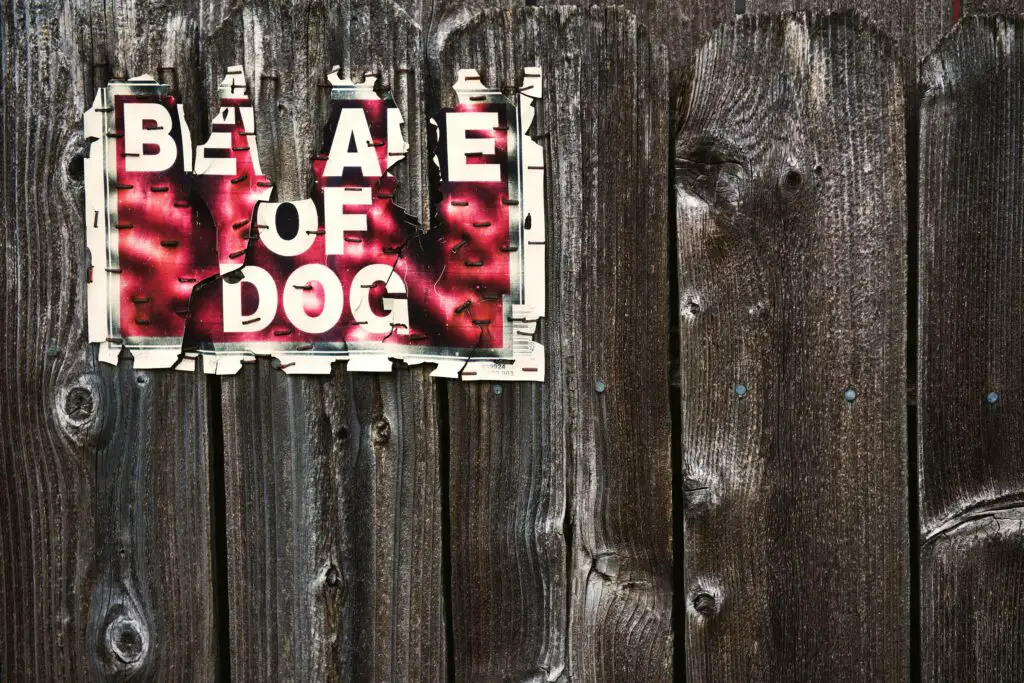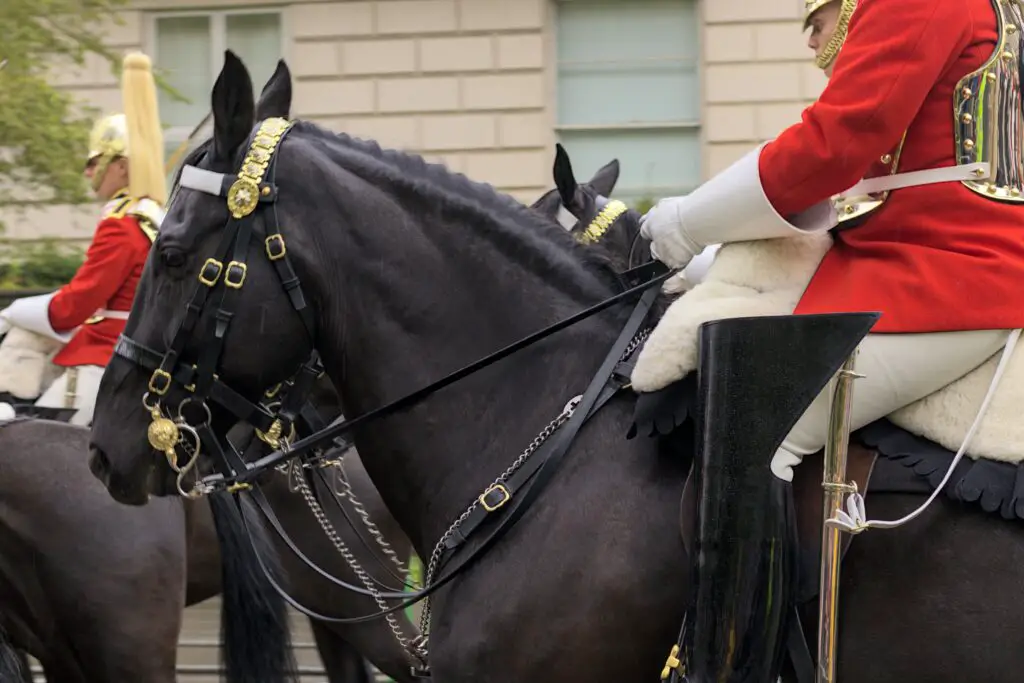In a recent news clip circulating the internet, a royal horse bites a tourist outside a popular visiting location. The internet has been on fire in response to the clip with different views regarding animal handling liability.
The clip shows a royal guard decorated in elaborate attire sitting atop a royal guard horse. Beside him is a sign warning visitors not to step near the royal horses. It says, “BEWARE, the horses may kick or bite.” Below this, it reads, “Don’t touch the reins. Thank you.”
A tourist quickly jumps next to the horse, presumably posing to take her photo. In retaliation, the horse bends its head down, clenching down the woman’s arm with its powerful bite. She creams in pain, grabbing her arm as she runs away to her group of friends. The crowd appears shocked, gathering around her to check her wounds. According to outside news sources, she later collapsed on the ground, though the seriousness of her injuries remains unclear.
While there aren’t any royal guard horses in America, the incident can be a good representation of animal handling liability.
Royal Horse Bites a Tourist: Who’s Responsible?

To be clear, American and British laws often differ significantly. Nonetheless, this situation can help us dissect some important American laws regarding animal handling liability.
In the U.S., animal owners must take all possible steps to prevent their animals from injuring others, especially if the animal is known to have dangerous tendencies. Failing to do so may be considered negligence.
In many situations, preventing a scared animal from biting or kicking is simply impossible. Thus, one common prevention method is posting warning signs to alert others of the animal’s possibly dangerous behavior. As shown in the video, this is precisely what the guard had posted right next to him and his horse.
With the clear posted warning, the tourist’s actions would make them liable for the injuries caused by the bite.
Liability of Animal Injuries
Liability of animal injuries falls within a few general requirements. Most commonly, strict liability for animal-related injuries relies on:
- An animal with a dangerous propensity causes the injury.
- The dangerous propensity of the animal being uncommon for the species (i.e. – a dog that bites)
- The owner knows the animal’s dangerous propensity.
- The dangerous propensity causes the injury in the incident rather than other factors.
In other words, owners are strictly liable for injuries their animals cause that are known to them and uncommon for the animal. This rule also gives people with rowdier animals more legal protection due to assumed risk and common awareness of potential danger. For instance, if an owner has a horse that behaves typically (such as kicking or biting when afraid), injuries caused by kicking and biting may not fall under strict liability.
One significant exception to these rules is the ownership of wild or exotic animals. Due to the danger of most exotic/wild animals (such as tigers, birds of prey, or other predators), injuries caused by them tend to fall under strict liability.
Dog Bite Liability
Another niche legal idea is that concerning the liability of dog bites. Since they are more common than other animal injuries, dog bites tend to follow a unique set of rules.
Like other animal injuries, dogs can cause damages that make their owners liable. Owners are especially likely to face liability if dog-related injuries result from negligence. Each state has its rules for dog bites; for example, many states exempt working police dogs from liability.
Other states have a “one-bite rule.” This rule prevents a dog owner from being held liable for the first injury a dog causes. Once a dog bites someone, the owner becomes liable for any future injuries the pet causes.
It’s also important to note that pet owners aren’t liable for injuries that illegal trespassers cause.
“Beware of Dog” Signs and Animal Handling Liability

As shown in the video above, posting a warning sign can act as a clear warning that helps show one’s effort toward reducing animal-caused injuries. At the same time, posting warnings can also indicate that an owner is knowledgeable of their animal’s dangerous behavior.
Many states require you to post warning signs if your pet is known to exhibit dangerous behavior. These signs serve as warnings to the general public. While they do not absolve pet owners of liability, they can demonstrate that owners are not negligent regarding their animal’s behavior.
Reflecting on the viral video, we can learn from the woman in the clip. Although it’s rare for a royal horse to bite a tourist, understanding animal handling liability is crucial. Authorities post animal warning signs for serious reasons to alert the public about safety concerns. So, the next time you encounter an animal near a warning sign, remember the royal horse bite video and the importance of animal handling liability!

